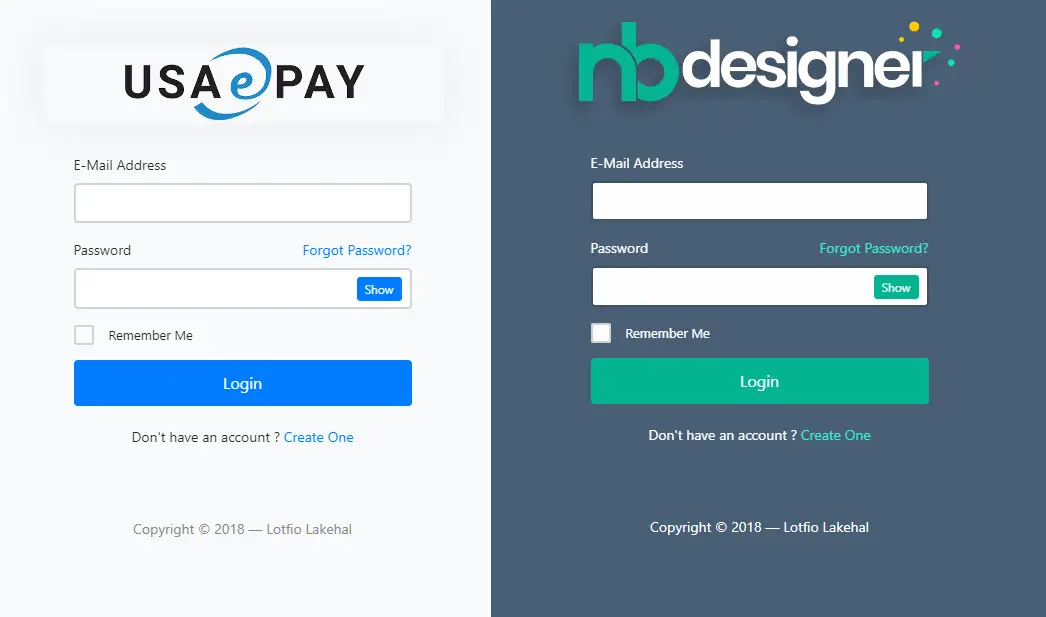How to use Dictionary with tuples in C#
By Tan Lee Published on Dec 20, 2024 901
1. Dictionary with Tuple as Key
Tuples, which consist of two or more fields, make it easy to create compound keys for dictionaries. This allows you to store multiple pieces of related information together under a single key.
Here’s an example of creating a dictionary where the key is a tuple of (string Name, int Age), and the value is a string representing a favorite food.
using System.Collections.Generic;
var foodPreferences = new Dictionary<(string Name, int Age), string>();
// Adding items to the dictionary using tuple keys
foodPreferences.Add(("Alice", 25), "Pizza");
foodPreferences.Add(("Bob", 30), "Burgers");
foodPreferences.Add(("Charlie", 22), "Pasta");
// Accessing a value using a tuple key
var food = foodPreferences[("Alice", 25)];
Console.WriteLine($"Alice, 25, likes {food}"); // Outputs: Alice, 25, likes PizzaIn this example, we create a dictionary where the key is a tuple containing a person’s name and age, and the value is their favorite food. To access a value, we simply specify the tuple key, like ("Alice", 25), and the dictionary will return the corresponding value, which in this case is "Pizza".
2. Dictionary with Tuple as Value
Tuples can also be used as values in a dictionary. This is useful when you want to store multiple pieces of related data together without creating a custom class.
For instance, if you are storing information about employees, you might store a tuple containing their department and salary as the value.
using System.Collections.Generic;
var employeeDetails = new Dictionary<string, (string Department, decimal Salary)>();
// Adding items to the dictionary with a tuple value
employeeDetails.Add("John", ("Marketing", 60000m));
employeeDetails.Add("Jane", ("Engineering", 75000m));
// Accessing the tuple value using the key
foreach (var kvp in employeeDetails)
{
var (department, salary) = kvp.Value;
Console.WriteLine($"{kvp.Key} works in {department} department and earns {salary:C}");
}Output:
John works in Marketing department and earns $60,000.00 Jane works in Engineering department and earns $75,000.00
In this example, we store each employee's department and salary as a tuple under the employee's name in the dictionary. When accessing the values, we can directly extract the fields of the tuple, such as department and salary.
3. Dictionary of Tuples vs. Nested Dictionaries
When you need compound keys or values, you can either use tuples or use nested dictionaries. Let's compare the two approaches.
In this example, we'll create a nested dictionary where the first dictionary maps names to another dictionary, which maps ages to favorite foods.
using System.Collections.Generic;
var nestedFoodPreferences = new Dictionary<string, Dictionary<int, string>>();
// Adding items to the nested dictionary
nestedFoodPreferences.Add("Alice", new Dictionary<int, string>() { [25] = "Pizza" });
nestedFoodPreferences.Add("Bob", new Dictionary<int, string>() { [30] = "Burgers" });
// Accessing a value in the nested dictionary
var food2 = nestedFoodPreferences["Alice"][25];
Console.WriteLine($"Alice, 25, likes {food2}"); // Outputs: Alice, 25, likes PizzaThe tuple dictionary is more concise and easier to read. The nested dictionary requires additional levels of nested structures and more complex syntax.
Tuples tend to provide better performance, as they are more lightweight than nested dictionaries. For large datasets, the tuple-based dictionary can be up to 2x faster, depending on the use case.





